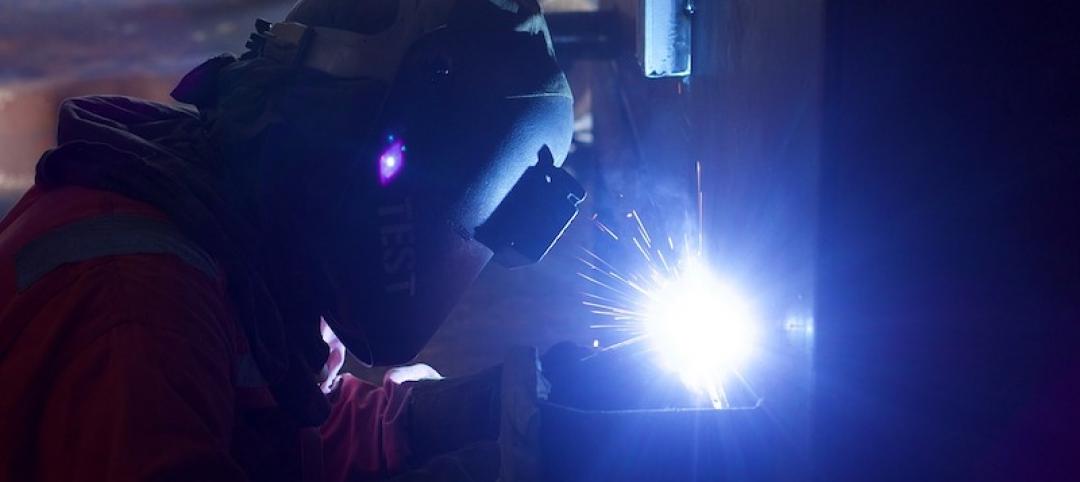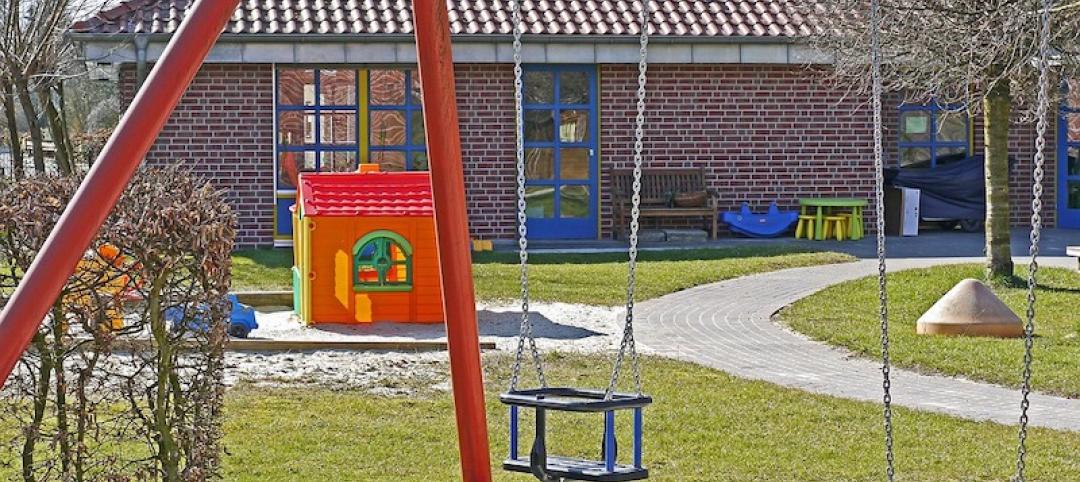Each year, billions of dollars in damage to building foundations and structures is caused by shrinking and swelling behavior caused by clay soil.
In fact, expansive clay soil is the most predominant geologic hazard across the U.S. Several geotechnical solutions can alleviate these problems. On new construction, the options are: removal and replacement, capping or burying the expansive material, and treatment with hydrated lime. Structural solutions in new construction include upgraded structural slabs (post-tension, waffle, mat) or elevated slabs supported on deep foundations.
For an existing structure, a forensic geotechnical study is needed to identify and quantify damages, assign causation, and make appropriate recommendations for remediation. Moisture control may be a suitable option for remediation and it is a design requirement for new construction.
In extreme cases, helical anchors and slab (mud) jacking or removal and reworking of soil below an existing structure is necessary. For paved surfaces, expansive clay soils can be remediated with thicker sections of asphalt, reinforced concrete pavements, and lime treatment.
Related Stories
Codes and Standards | May 15, 2019
OSHA inspections to increase, says Secretary of Labor
Newly hired inspectors getting up to speed.
Codes and Standards | May 14, 2019
Database records more than 1,360 K-12 school shooting incidents since 1970
Naval Postgraduate School program maps locations nationwide.
Codes and Standards | May 13, 2019
In many cities, downtown housing comes with a hefty premium
Urban core living costs hundreds of thousands more in largest U.S. cities.
Codes and Standards | May 7, 2019
San Francisco plan would require largest commercial buildings to use 100% renewable electricity
First in the U.S. mandate would be phased in from 2022 to 2030.
Codes and Standards | May 7, 2019
ABC says best practices can improve construction companies’ safety by 680%
Daily ‘toolbox safety talks’ were most effective safety measures.
Codes and Standards | May 7, 2019
Office noise significantly reducing employee concentration, productivity, and creativity
Workplace distractions cause some to choose to work remotely.
Codes and Standards | May 7, 2019
WSP USA says it will be carbon neutral in 2019
Engineering firm will offset carbon at all offices and with employee business travel.
Codes and Standards | Apr 25, 2019
Report: Contractors invest $1.6 billion in workforce development annually
ABC members increased training spending 45% from 2013, according to a new report.
Codes and Standards | Apr 25, 2019
New York City’s Green New Deal would ban all-glass skyscrapers
The ambitious plan would also boost affordable housing, reduce building emissions, and update codes to account for sea level rise.
Codes and Standards | Apr 25, 2019
Chicago, Houston, and Dallas deemed ‘most dangerous cities for migratory birds’
The three cities are in the heart of North America’s most trafficked aerial corridors.
















